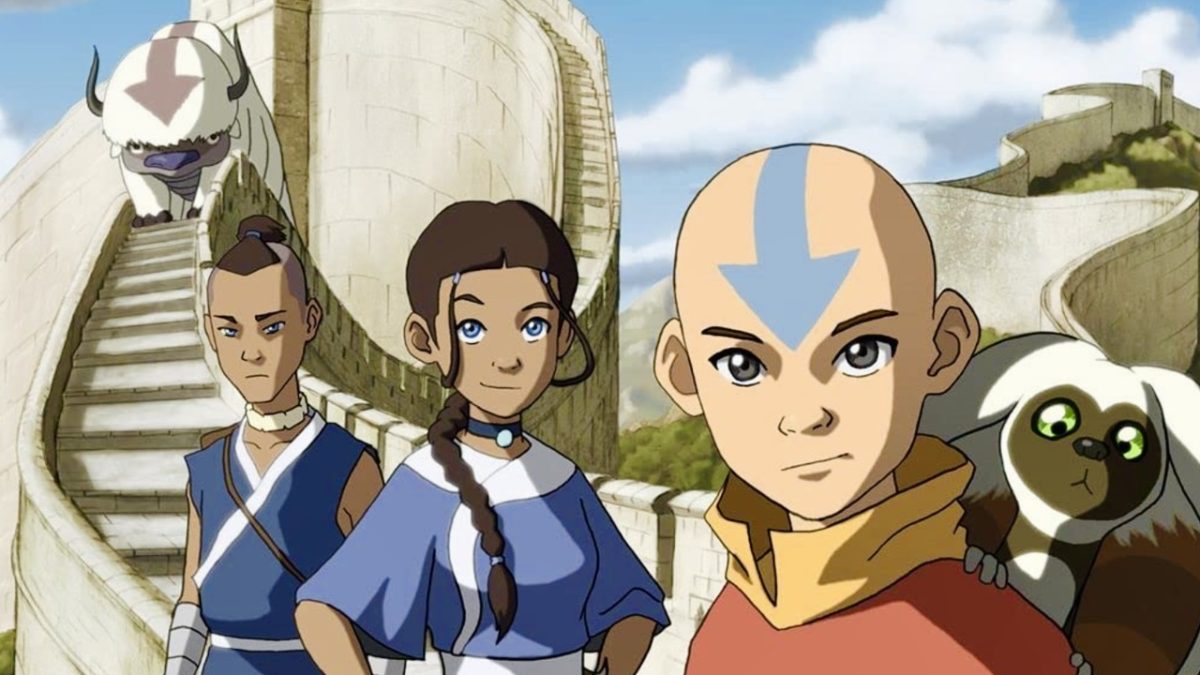Fans of Avatar: The Last Airbender are a passionate bunch (especially if you remake their favorite television show into a terrible film), but even they have their limits when it comes to the beloved characters who make up the iconic Nickelodeon show’s cast. And, as much as all of us lovers of the Gaang adore its arrow-headed leader Aang, we’re also the first to admit he’s not perfect. And, now, a Reddit thread has pointed out one of the biggest contradictions in the show, based off of something pretty intrinsic to Aang’s personality.
Aang, an air nomad who was raised by monks in the Southern Air Temple, would have certainly been told not to use violence unless it was totally necessary, and never to take a life. But, especially when you’re an all-powerful being whose job it is to keep the world in balance, it turns out that’s a lot easier said than done. Who would have known?
In a video (set to the Curb Your Enthusiasm theme, because of course), we’re treated to a minute and a half of Aang definitely taking at least some lives — and 100 percent using violence when it’s unnecessary. Even if you’re using Star Wars rules (no body = no death), it’s hard not to see how the young airbender avoided sending a few enemies up to heaven when you sit through the entire clip.
The video shows various times throughout the series when Aang used his awesome powers beyond the bare minimum, like sweeping snow off a pathway onto dozens of Fire Nation soldiers below him, him becoming a gigantic water spirit monster and wreaking havoc in the Northern Water Tribe, his throwing of an enemy from a gigantic cliff, the decapitation of a wasp-like creature, and even a clip of him blowing a poor fly to death using his powers. And these are just the times that the fan who made the video has bothered to use. There are probably a fair few more examples of Aang using his bending to cause harm outside of self-defense.
There are some technicalities, of course. The body rule does kind of apply, especially as it’s a kids’ show, so we could argue that he hasn’t actually killed anybody. And, when he was the water spirit monster, he wasn’t really in control, but simply a vessel for otherworldly powers. So, if we’re getting into the nitty-gritty, there are arguments to be had (and we love arguments). But, then again, nothing can excuse the damage he did to that poor fly — nor the wasp, which was retreating as he killed it (in anger, too, as the incident took place after he’d discovered Appa had been kidnapped).
Normally, this would just be a funny little aside, but one of the major plot points of the final season of this children’s television classic is that Aang doesn’t want to have to take Fire Lord Ozai’s life in battle, even though it appears to be the only way for him to restore balance to the Earth. He even goes back and talks to his past selves — including the airbender avatar before him — who all tell him the obvious: Sometimes, his duties as the avatar outweigh his beliefs as an air nomad. Yet, despite this advice (and the fact he’s killed people much more innocent than Ozai before), Aang continues to brood over his decision.
The avatar eventually finds a way to defeat Ozai without killing him, mostly thanks to a sacred vision and a giant sea turtle. And, in the grand scheme of the show, this is a truly wonderful thing that hammers home many of its key themes. Plus, it makes for one of the most aesthetically pleasing animated scenes on television.
However, this doesn’t change the fact that there’s a litany of times Aang did harm innocent creatures out of situations that weren’t self-defense, and his body count is definitely more than zero. So, it begs the question: Why not just hit Ozai with all his power, instead of dragging the fate of the world out? That’s something we’d never ask Aang, in case he “doesn’t use violence” to take us out, too.
